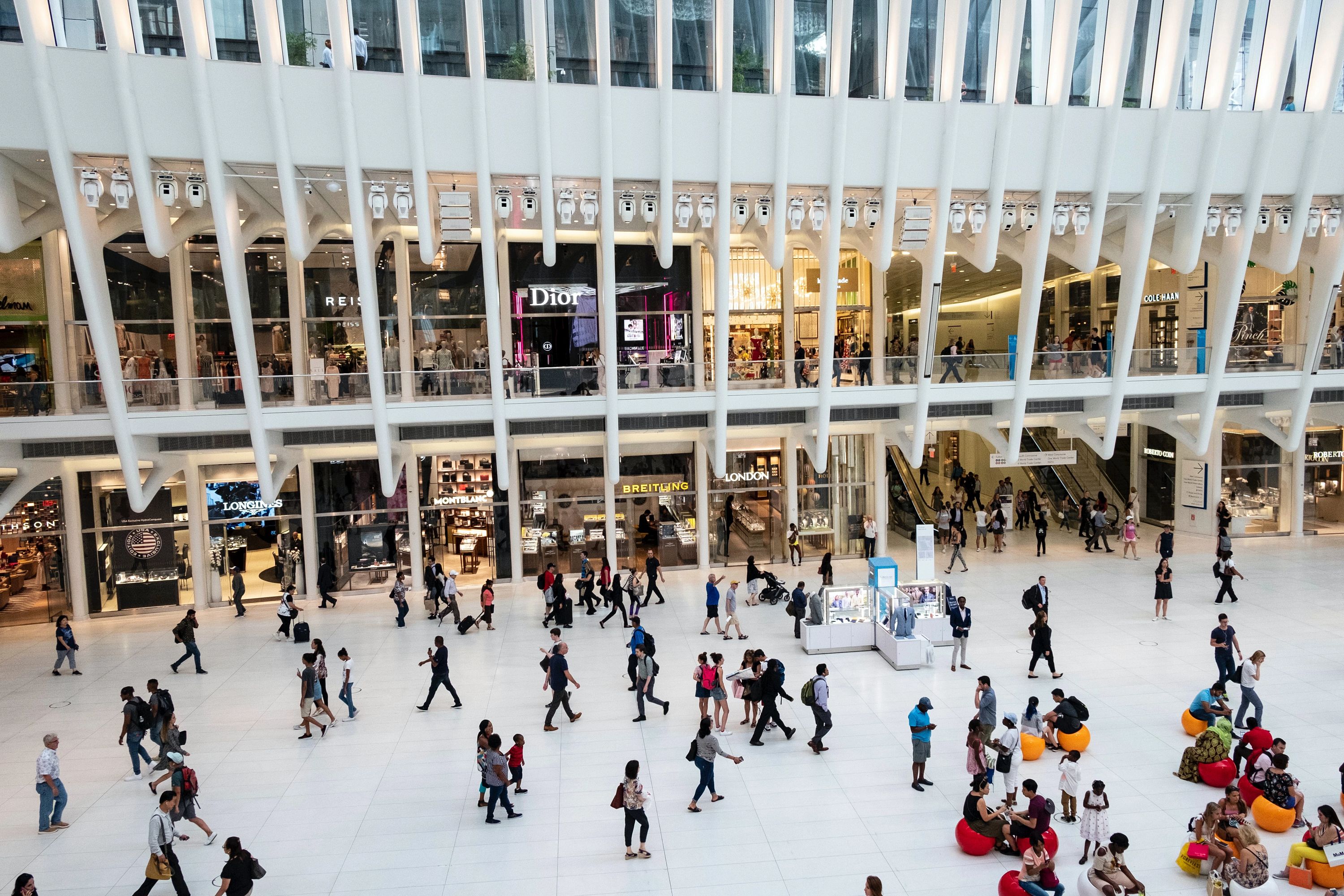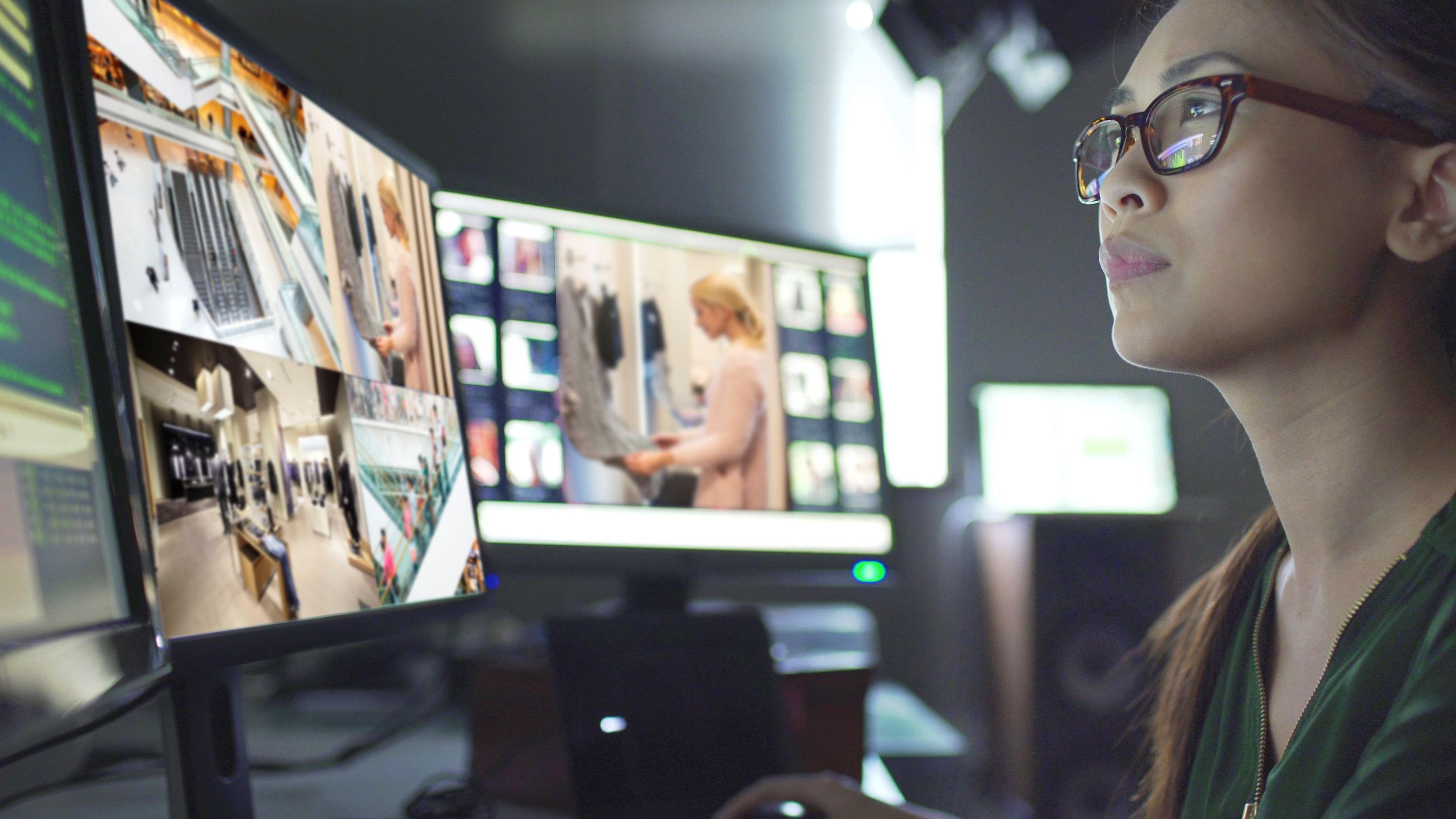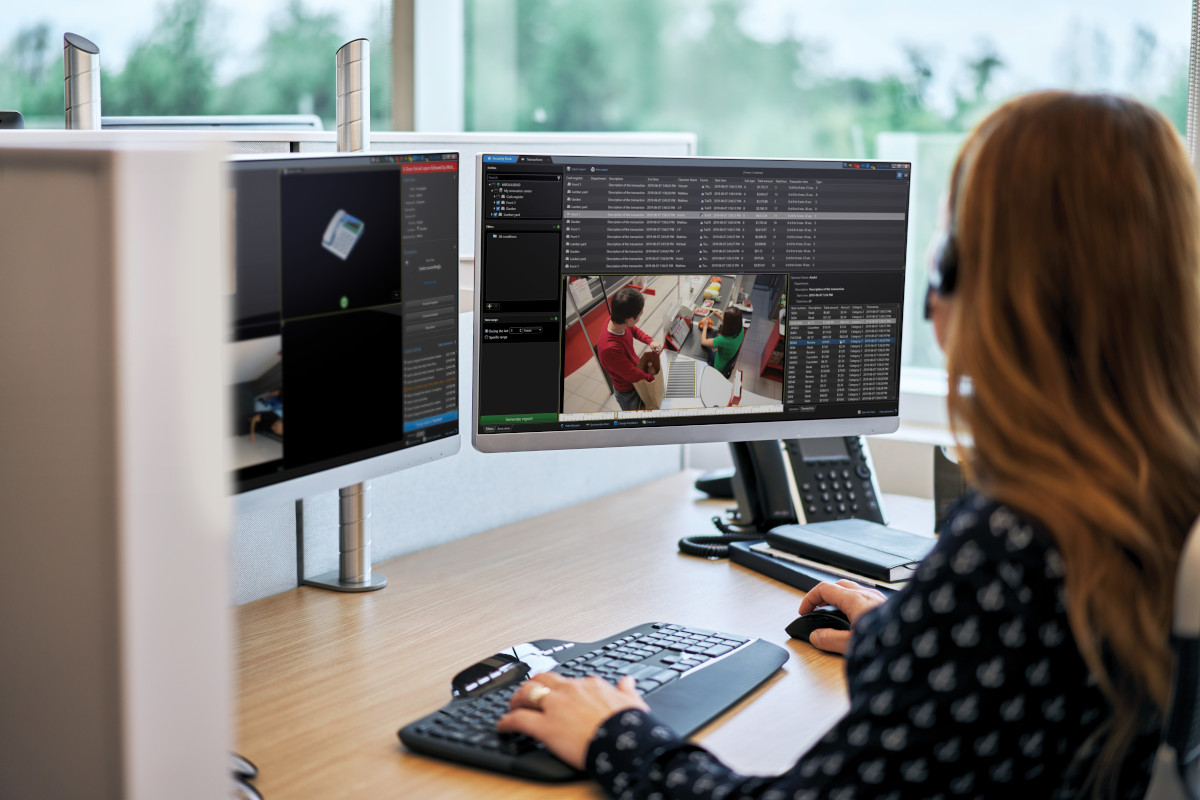5 best practices for enhancing your retail security system
Retailers face a mix of security threats, from shoplifting and fraud to organized retail crime. But security isn’t just about stopping losses; it’s about creating a safer, more welcoming environment for staff and shoppers. Here are five tips that can help you strengthen your retail security using modern, unified tools.

Is your retail security system up to scratch? These days, retailers are constantly introducing new solutions to serve their customers better. They’re investing in new video surveillance systems and advanced cameras to enhance the customer journey and prevent loss. Many are even turning to self-checkouts despite the risk of loss.
The industry is complex, but your security solutions shouldn’t be.
The right physical security system can act as a force multiplier, reducing theft and loss in stores. Investing in a unified physical security solution can enhance monitoring, camera efficiency, and support better decision-making.
Selecting a security system for your retail business? Consider these must-haves to work smarter:
-
A unified platform that centralizes operations
-
Streamlined data to improve incident response
-
Open, scalable solutions that grow with your retail store and customer needs
-
Cloud and hybrid services for non-stop support and monitoring
-
Actionable insights to go beyond security
PORTFOLIO
Why unify your retail security operations? |
Imagine juggling dozens of separate security systems every day. As retail stores increase their use of surveillance cameras, alarms, and sensors, loss prevention teams face an overwhelming number of devices.
The bottom line? The fewer systems you need to work with, the better for your team and customer experience.
Go for a unified platform that brings all your security devices into one centralized interface. This simple shift can:
-
Help reduce theft and loss in your store by centralizing alarm and monitoring functions
-
Eliminate the need to manage multiple interfaces, saving you time and resources
-
Enhance business efficiency and customer satisfaction across your store network
You might be thinking: “I have an integrated system that works fine for my stores. I should be ok, right?” Consider this:
-
Integrated enterprise physical security systems require separate management for each device. Legacy systems need more support from IT teams and can lead to higher maintenance costs and complex training
-
Unified enterprise physical security solutions combine all your surveillance, alarm, and monitoring data are built from the start to work as one. Having a single user interface enhances operations, team efficiency, and helps you solve cases faster.
BLOG
Is fragmented data overwhelming your team? |
Are you missing critical learnings from your retail data? A non-stop barrage of POS exceptions and video surveillance or alarm notifications can overwhelm your team.
See the bigger picture with a solution that brings together your disparate data.

To put it simply, get all your information in a unified visual dashboard. This lets you:
-
Quickly investigate flagged POS transactions to reduce theft
-
Access and correlate video footage and alarms for faster incident response
-
Generate unified reports that capture all events in a few clicks
Imagine this: You’re dealing with a suspicious refund alert. It’s immediately paired with a video showing no customer at the cash register. Your security operator no longer needs to manually search through hours of footage from your cameras. They see the related camera feed instantly and share it with the team to kick off an investigation.
PRODUCT
How can open architecture keep your retail security flexible? |
A modern retail security system can adapt to your changing business needs. That means you can stay ahead in a retail industry that’s dynamic and challenging.
Replacing a legacy system with other proprietary hardware, cameras, and software can be frustrating. This is because of limited options and the high costs of developing and maintaining custom integrations.
Open architecture allows you to easily add new tools and capabilities as you go. Here’s what that looks like:
-
Mix and match the best surveillance cameras and alarms to suit your store’s requirements
-
Integrate more sensors and monitoring tools without getting locked into a single vendor
-
Easily upgrade your system as your business needs grow and change
-
Reduce maintenance costs by using a unified solution that supports your existing infrastructure
Why choose cloud and hybrid-cloud security for retail? |
Cloud solutions let you manage your security remotely and flexibly. A hybrid-cloud approach is especially valuable for retailers. That’s because it helps maximize existing on-premises investments while staying agile.
Key benefits include:
-
Remote monitoring and management that cuts IT strain
-
Optimized use of on-premises systems with cloud integration
-
Cost-effective scalability and timely software updates
How can actionable insights improve retail operations? |
Recent insights from our State of Physical Security 2025 report reveal that organizations want to remove bottlenecks and ease stress for their security teams. They’re looking for tools that empower their IT, facilities, and security operators with more information and autonomy.

Modern retail security systems not only protect your store but also deliver actionable insights that help you:
-
Correlate foot traffic with POS transactions to identify peak times and optimize staffing
-
Generate comprehensive reports that capture all events—from alarms to camera feeds—and reduce operator clicks
-
Use digital evidence management tools that speed up investigations, monitoring, and incident response
This unified approach transforms raw data into clear learnings. With these, your teams can make smart, data-driven decisions that boost your retail security and business intelligence.
